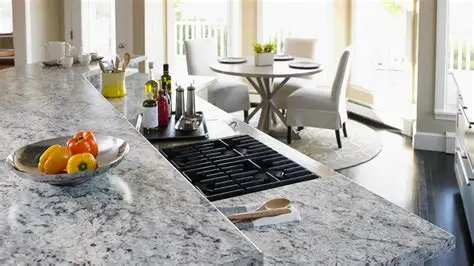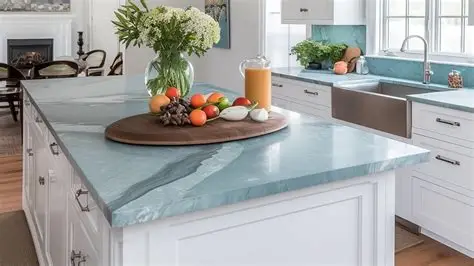Granite is one of the most admired natural stones used in architecture, design, and interior spaces like kitchens and bathrooms. But beyond its polished appearance and popularity in countertops, many people wonder: is granite igneous, sedimentary, or metamorphic? This article explores granite’s geological classification, formation process, and its applications in modern homes and construction.

Understanding the Basics: What Is Granite?
Granite is a coarse-grained, light-colored igneous rock composed mainly of quartz, feldspar, and mica. Known for its durability, hardness, and aesthetic appeal, granite stone is widely used in everything from flooring to countertops.
You can explore a comprehensive Summary About Granite to understand its physical and mineralogical properties.

Geological Classification of Granite
Is Granite an Igneous, Sedimentary, or Metamorphic Rock?
Granite is classified as an intrusive igneous rock. This means it forms beneath the Earth’s surface from the slow cooling of magma, allowing large crystals to grow and create its distinctive grainy appearance.
Let’s break down the possibilities:
- Igneous Rock – ✅ Yes. Granite is igneous because it solidifies from molten magma.
- Sedimentary Rock – ❌ Granite is not sedimentary, which forms from compacted sediments.
- Metamorphic Rock – ❌ Granite is not metamorphic in origin, although it can metamorphose into gneiss under extreme heat and pressure.
Characteristics of Granite Stone
Mineral Composition
Granite typically contains:
- Quartz – gives it strength and sparkle.
- Feldspar – contributes to its color (white, pink, or gray).
- Mica – provides black or dark mineral specks.
- Amphibole – adds dark green or black components.
These minerals influence the characteristics of granite, such as its hardness, color variation, and luster.
Natural vs. Engineered Granite
In modern construction, there’s a distinction between natural granite stone and engineered granite, which is often a composite made of crushed stone and resins. While both offer resilience and beauty, natural granite remains superior in heat resistance, lifespan, and authenticity.
Granite in Modern Design
Granite Countertops: Function Meets Beauty
Granite countertops have become the go-to choice for both traditional and contemporary kitchens.
- Clean granite countertops easily with mild soap and water.
- Regular sealing of granite prevents stains and damage.
- Repairing chips or cracks is possible with professional-grade resin kits.
Whether you’re choosing white granite countertops, black granite countertops, or mixing in granite backsplash designs, you’ll find countless options in Aardwolf’s granite collection.
Design and Color Pairing Tips
Pairing granite with cabinet colors such as navy, walnut, or crisp white enhances the natural veining and depth of the stone. Some of the best Aardwolf granite colors are designed specifically for this balance between elegance and practicality.
Granite Countertop Applications
Popular Uses
- Granite kitchen countertops
- Granite bathroom vanities
- Outdoor kitchen surfaces
- Wall cladding and flooring
Granite’s strength and heat resistance make it an excellent choice for busy kitchens and outdoor environments.
Comparison with Other Materials
- Granite vs quartz countertops – Granite offers natural beauty and uniqueness.
- Granite vs marble – Marble is softer and more porous.
- Granite vs soapstone – Soapstone is less scratch-resistant but has a warmer appearance.
- Granite vs concrete – Granite is denser and more scratch-resistant.
If you’re debating between materials, consider this natural stone countertop comparison to help you choose.
Sourcing and Cost Considerations
How Much Do Granite Countertops Cost?
The granite countertop cost can range from $40 to $200 per square foot, depending on:
- Type and rarity of the granite slab
- Edge profiles and custom cuts
- Installation and sealing services
If you’re looking for affordable granite countertop options or wholesale granite suppliers, Aardwolf offers competitive pricing with quality craftsmanship. Check out the Aardwolf granite pricing guide for details.
Where to Buy Granite Countertops
You can explore:
- Local granite showrooms
- Wholesale granite distributors
- Aardwolf premium granite slabs
Be sure to use a reliable suction cup or jib crane when lifting and installing granite to prevent breakage or injury.
Final Verdict: What Rock Type Is Granite?
Granite is undeniably an intrusive igneous rock—formed deep underground from slowly cooled magma, rich in visible crystals and unmatched durability. It is not sedimentary or metamorphic, although it plays a transformative role in the rock cycle over time.
If you’re considering granite for your next project, remember that it’s not just a countertop—it’s a geological marvel forged over millions of years.

